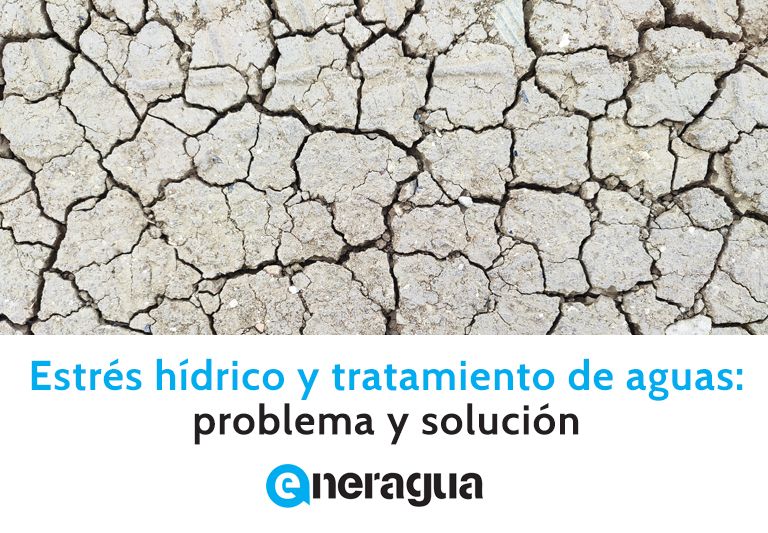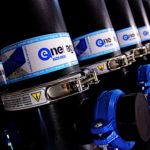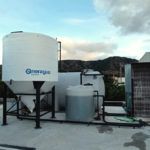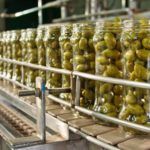
The concept of water stress refers to the situation where the demand for water exceeds the available quantity during a period or when, even if available, its quality is not optimal for use. According to the WMO (World Meteorological Organization), more than half of the world’s population will face this problem by 2050. However, there are potential solutions.
A Global Problem at the Local Level Water scarcity is a global issue on our planet. Only 0.5% of its water resources are usable, and around 2.2 billion people currently live without access to clean water.
Demographic estimates show a future in which, in 30 years, the planet will have about 9 billion inhabitants, with a water demand associated with this fact that will increase by 55%, further exacerbating the water stress problem.
Climate change, with increasingly frequent floods and droughts, also impacts this phenomenon, jeopardizing access to water for millions of people. The evolution of all these factors has resulted in a more than 20% reduction in the amount of freshwater usable per person in the last 20 years. Within our borders, in Spain, we are far from being immune to this problem. According to the WWF report “Spain: Water Stress Around the Corner,” our country, along with Greece, is one of the European Union countries at the greatest risk of water stress in the coming years. Regions such as Seville, Granada, Cordoba, and Murcia are in the spotlight, being the most affected territories in Europe.
Water Treatment, the Solution The solution to the water stress problem lies in reclaimed water, obtained from the treatment of wastewater from domestic use and industrial activity. Filtration of wastewater through methods such as purification, ultrafiltration, or reverse osmosis allows the extraction of energy, nutrients, organic matter, and usable by-products, in addition to, of course, potable and usable water.
Currently, over 80% of wastewater discharged receives no treatment, representing a significant missed opportunity. As mentioned earlier, this is a luxury we cannot and should not afford.
Looking at the numbers, currently, around 1,100 million cubic meters of water are reused annually. Estimates indicate that, with an appropriate water treatment policy, we could reach 6,600 million by 2025. In Spain, water reuse figures account for only 7.1% of the total supplied water. We are far from ideal levels.
The applications of treated water are numerous: from agricultural use as a source of sustainable irrigation or for aquifers to its reuse optimizing industrial processes, and its application in urban areas (parks and gardens, leisure areas, cleaning, and sewage, etc.).
At Eneragua, we are committed to our part and work tirelessly to develop water treatment projects in all types of industrial installations. We firmly believe in the circular use of natural resources and environmental care.






